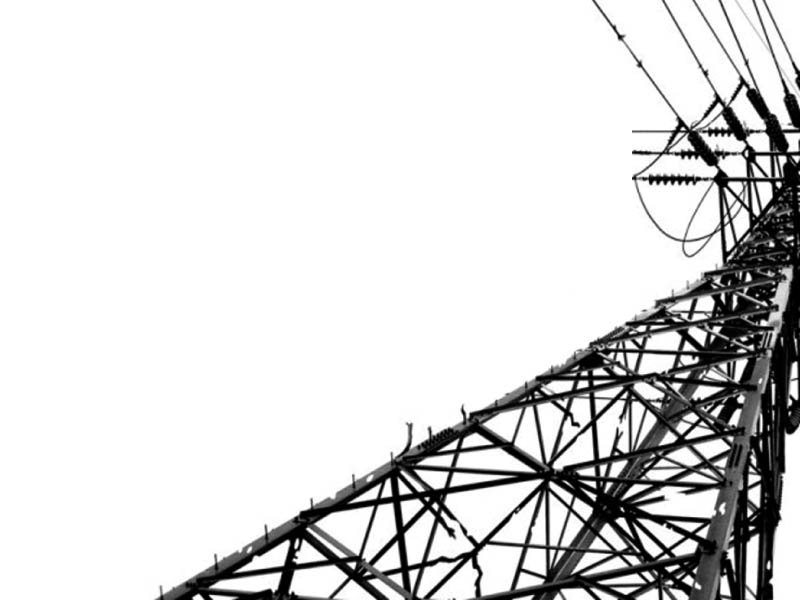
As the agreement under which Karachi gets approximately 24% of its power supply from the national energy pool expires on January 26, politicians and businessmen have warned Islamabad that alienating the port city would intensify debate over distribution of natural resources.
It is very unlikely that the National Transmission and Dispatch Company (NTDC) will sever the supply of roughly 650MW in one go because of multiple restraining orders but the possibility of an arbitrary reduction has stoked fears of prolonged power cuts, officials say.
The five-year agreement signed between NTDC and K-Electric (formerly Karachi Electric Supply Company) was meant to allow the privatised utility time to invest in building its own generation capacity. But it wasn’t mentioned if the agreement couldn’t be revised.
“We have the same constitutional rights as any other citizen of this country,” said Jawed Bilwani, Chairman of the SITE Association of Industry, the largest industrial estate. “As a matter of fact, we deserve more for our contribution to the GDP and taxes.”

Unlike other cities, factories in Karachi have almost been exempted from power load management in the past two years as part of K-Electric’s efforts to pacify its highest-paying customers and discourage industrial power theft.
Bilwani said Karachi’s right to withdraw electricity from the national grid cannot be withdrawn because the entire country has paid for energy infrastructure projects.
“People of Karachi also paid for the dams. We too want a share in that relatively cheaper electricity.”
NTDC meets around 37% of its requirement from hydel power plants, which have the capacity to produce 6,826MW. Rest of it is fed by thermal power stations, which run on furnace oil and gas. Hydel remains the cheapest form of power generation.
Its impact is obvious on the rate at which K-Electric buys electricity from NTDC. The company owns power plants, which run on oil and gas and produce power at around Rs12 per kWh. And the rate of NTDC was an average of Rs7 per unit between March and October 2014.
Iftikhar A Vohra, President of the Karachi Chamber of Commerce and Industry, shared similar concerns. “Let me assure you that we won’t let this happen. The business community will vigorously protest any such move.”
Earlier this month, Sindh Chief Minister Qaim Ali Shah wrote a letter to the prime minister and reminded him that his province was making too many sacrifices. Sindh contributes 65% to the total gas output of the country but consumes only 35%, he added.
The National Electric Power Regulatory Authority (Nepra) accuses K-Electric of relying too much on the national grid and keeping its own power plants shut. The 650MW from NTDC should be a matter of last resort, it says.
K-Electric denies this charge. “It’s impossible to do that,” said Usama Qureshi, a company spokesman.
“We don’t agree with how they calculate utilisation because they take the average of power production in both summers and winters. Some of our power plants go through annual turnaround and are hence shut in the lean winter days.”
During peak summer season demand touches 3,000MW, which is met by K-Electric’s own generation of 1,700MW, NTDC’s 650MW and 250MW from IPPs. “This still leaves a shortfall that we have to manage.”
Qureshi wondered why Nepra has never censured state-run power companies for letting their machinery sit idle for months and sometimes even years.
Senior NTDC officials say that whatever the concerns of power bureaucrats, the matter will be decided on political considerations. “But the problem is that there’s a severe shortage of power in the rest of the country and we have to supplement that somehow.”
The Council of Common Interests in November 2012 had cut the NTDC supply to K-Electric by half to 300MW. That decision was struck down by the Sindh High Court (SHC).
Since Dubai-based private equity Abraaj Capital bought a stake in the integrated power utility in 2008-09, it has gone through a massive change in terms of service delivery and recovery of bills.
At least 60% areas, which are regular payers, face no or minimum power cuts. The company says it has invested around $1 billion for the addition of 1,010MW to the system in the last five years.
Published in The Express Tribune, January 25th, 2015.
Like Business on Facebook, follow @TribuneBiz on Twitter to stay informed and join in the conversation.
COMMENTS (4)
Comments are moderated and generally will be posted if they are on-topic and not abusive.
For more information, please see our Comments FAQ
1732503274-0/Untitled-design-(43)1732503274-0-405x300.webp)
1732501636-0/Untitled-design-(42)1732501636-0-165x106.webp)

1732498967-0/Outer-Banks--(1)1732498967-0-165x106.webp)
1732086766-0/BeFunky-collage-(74)1732086766-0-165x106.webp)
1732486769-0/image-(8)1732486769-0-270x192.webp)











If Karachi was a country, it would find it cheaper to import electricity from India than Punjab.
@Paki: KE has reduced line losses from 40%+ to 25%. It was a loss making company under government ownership but the private management turned it into a profitable company. It is by far the best power supply company in the country.
The federal government should divert the electricity to Punjab. KESC had five years to put up power plants but it did nothing about it.